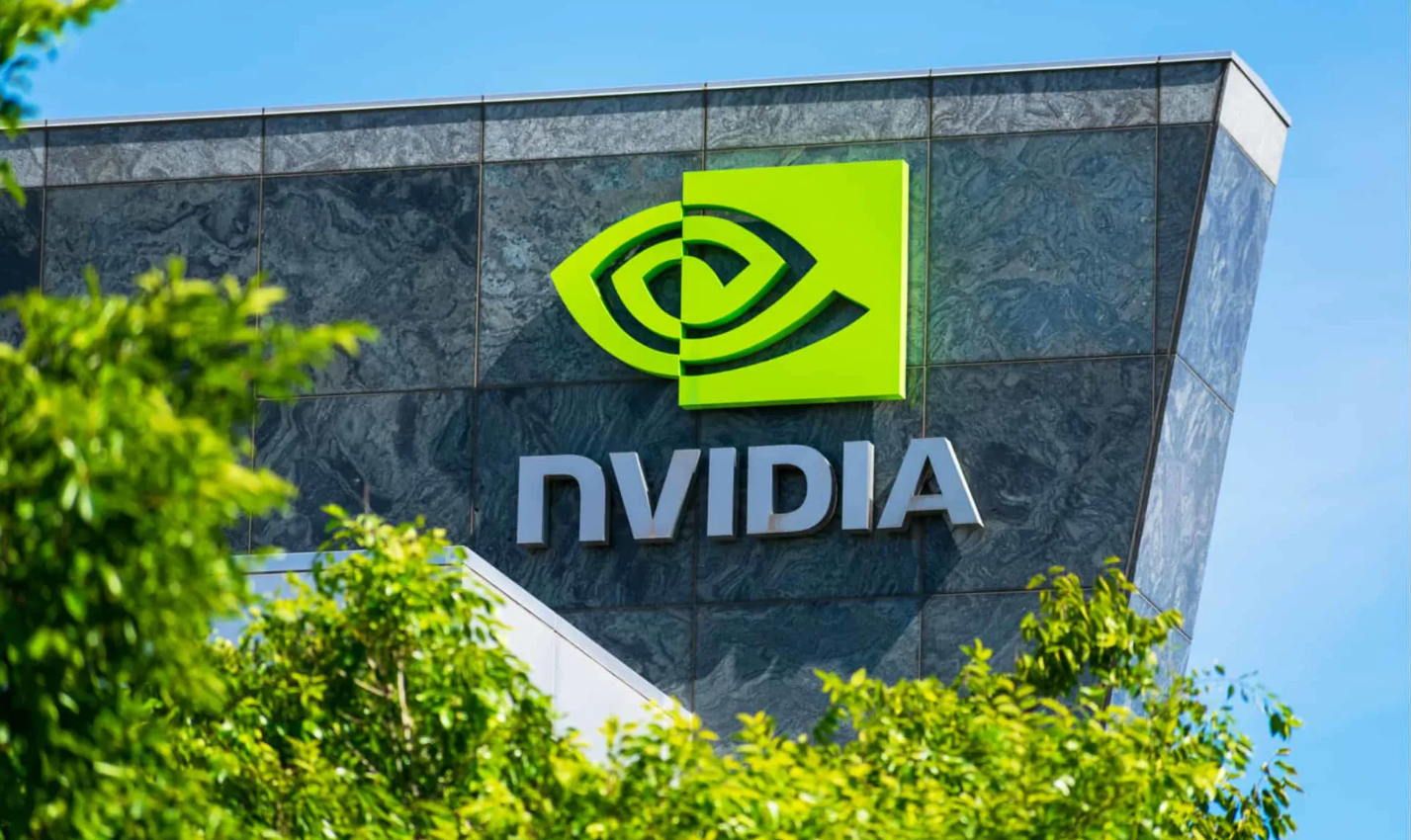Tightening U.S. Policies on Chip Exports to China Force Major Inventory Adjustment
April 15, 2025 – Nvidia, the global leader in artificial intelligence (AI) semiconductors, has announced that it anticipates a pre-tax charge of approximately $5.5 billion in the first quarter of its fiscal year. The charge is tied to inventory write-downs and purchase commitments related to its flagship A100 and H100 GPUs, which have come under the shadow of intensified U.S. export restrictions to China.
This financial impact was disclosed in a regulatory filing on Monday and is one of the most substantial inventory-related charges Nvidia has ever reported.
U.S.–China Tensions Hit Tech Supply Chains
The projected charge is directly linked to changes in U.S. export regulations. Over the past year, Washington has imposed increasingly stringent controls on advanced chip exports to China and other countries deemed high-risk, citing national security and technological competitiveness.
These restrictions specifically target high-performance chips like Nvidia’s A100 and H100, which are essential for large-scale AI training, data center processing, and machine learning applications. As a result, Nvidia has faced significant disruptions in its ability to ship these products to key markets, particularly China, which historically represented a large portion of its international demand.

Inventory and Orders Caught in Regulatory Crossfire
The $5.5 billion charge reflects not only unsold chips already in Nvidia’s inventory, but also the costs of canceling or revising supply orders with manufacturing partners. This is a common accounting practice known as an “inventory and purchase obligation” adjustment, often used when demand outlooks shift dramatically or product shipments are blocked.
While the charge will be recorded in the first quarter and doesn’t represent ongoing operational losses, it still signals a critical inflection point for Nvidia’s international supply chain and risk management strategies.
Strategic Implications: Rethinking Global Footprint
This move underscores the growing difficulty that U.S. tech companies face as geopolitical tensions reshape the global semiconductor landscape. The Biden administration’s emphasis on “technological containment” of China has disrupted not only Nvidia’s export strategies but also those of other chipmakers like AMD and Intel.
Nvidia has already taken steps to develop export-compliant chip variants that meet performance thresholds allowed under U.S. law. However, those products often lag in capabilities compared to the original models, potentially reducing their appeal in competitive markets like China.
In the long term, this may encourage Nvidia to diversify its manufacturing base, strengthen domestic supply chains, and focus more on markets with fewer regulatory barriers.

Despite Setback, AI Demand Remains Strong
Although this charge marks a financial setback, Nvidia’s overall position in the AI sector remains strong. Demand for high-performance computing and AI infrastructure continues to surge across sectors such as cloud computing, autonomous vehicles, and generative AI applications.
Investors are now closely watching Nvidia’s upcoming Q1 earnings report in May, which will shed more light on how the company plans to adapt to ongoing trade friction and shifting global demand.
Conclusion
Nvidia’s $5.5 billion inventory charge serves as a stark reminder of how trade policy and geopolitics can reshape even the most technologically advanced companies. As the U.S.–China tech rivalry intensifies, semiconductor firms like Nvidia must constantly recalibrate—not just their product lines, but also their global risk exposure, market access strategies, and long-term innovation pipelines.






